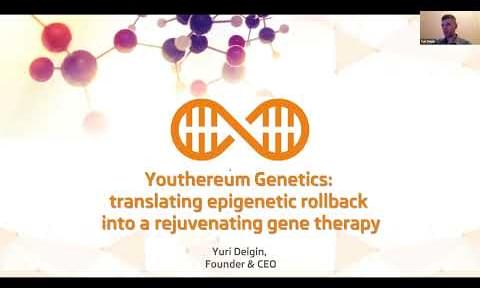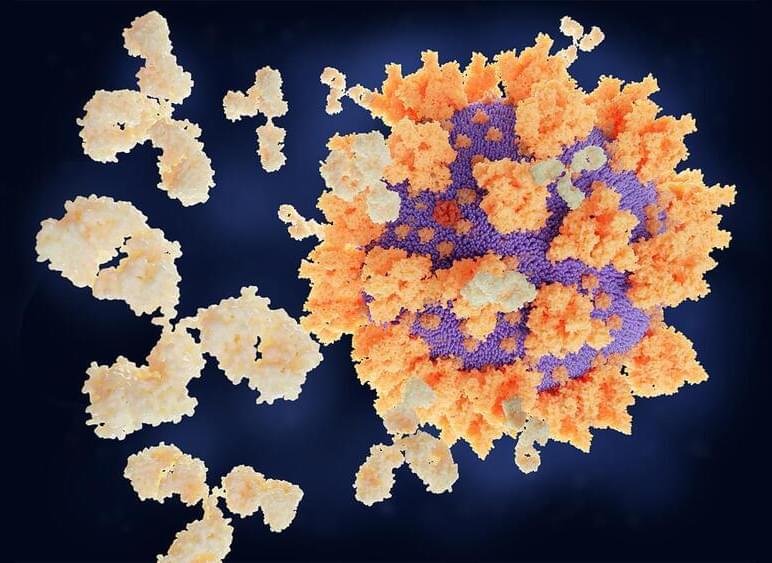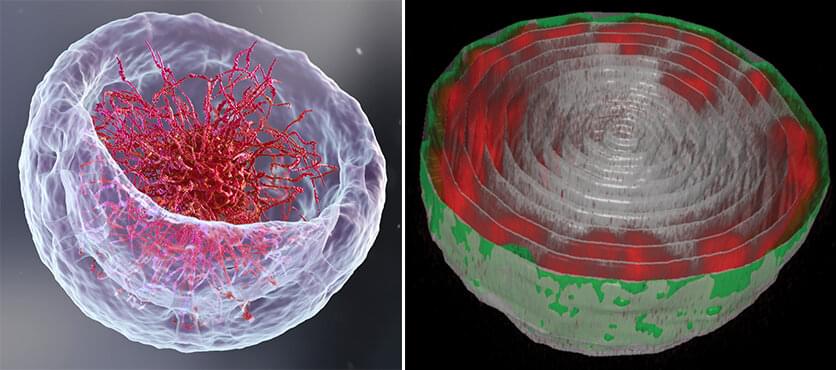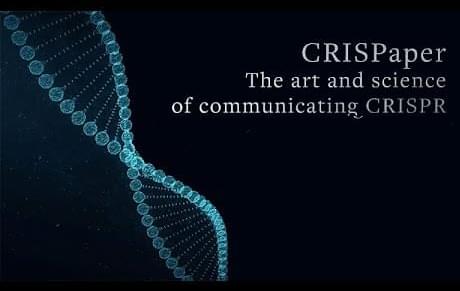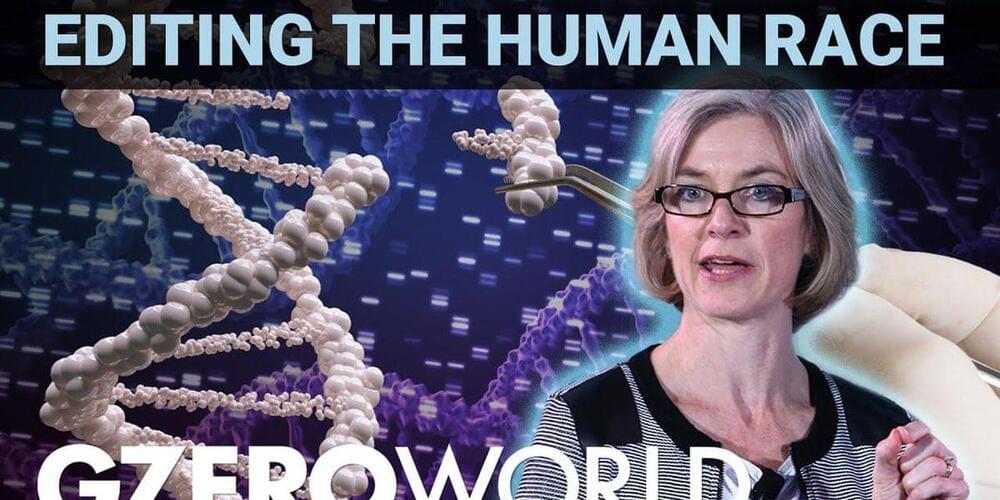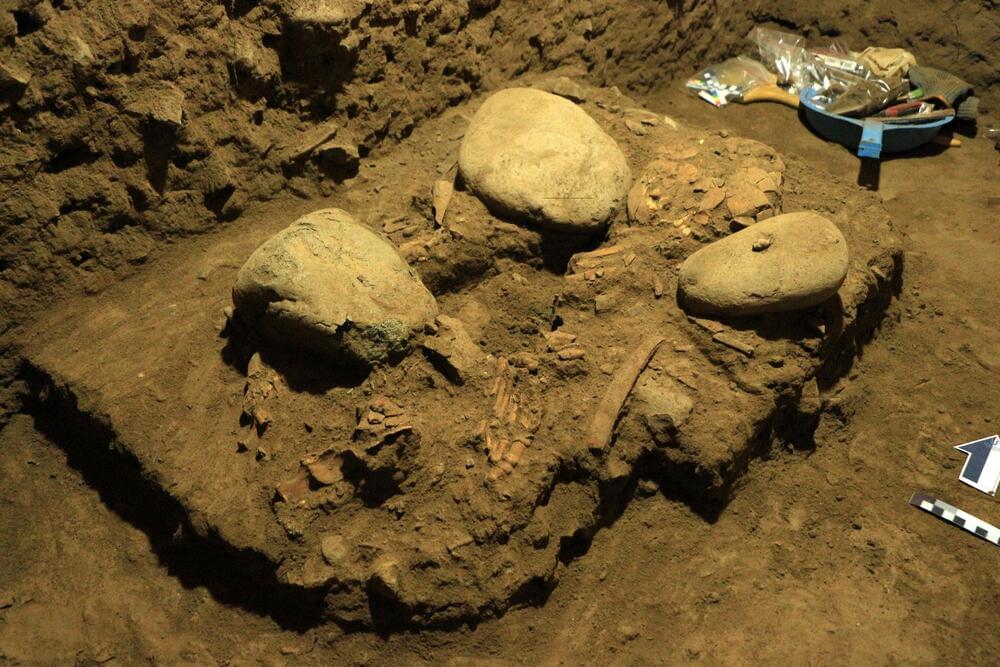Sep 9, 2021
The Evolution of Mammals Reveals 2,000 New Genes Key to Longevity in Humans
Posted by Genevieve Klien in categories: biotech/medical, evolution, genetics, life extension
Summary: Researchers have identified 2,000 genes in humans linked to longevity. The genes are associated with biological mechanisms that drive the prolongation of life in mammals, including DNA repair, coagulation, and immune response.
Source: UPF Barcelona.
What determines the life expectancy of each species? This is a fundamental and highly complex question that has intrigued the field of research throughout history. From the evolutionary point of view, the major cause of these differences between species lies in their ecological adaptations. For example, life expectancy is longer in species adapted to living in trees, underground, or with large body mass, since all these adaptations reduce mortality by predation.

